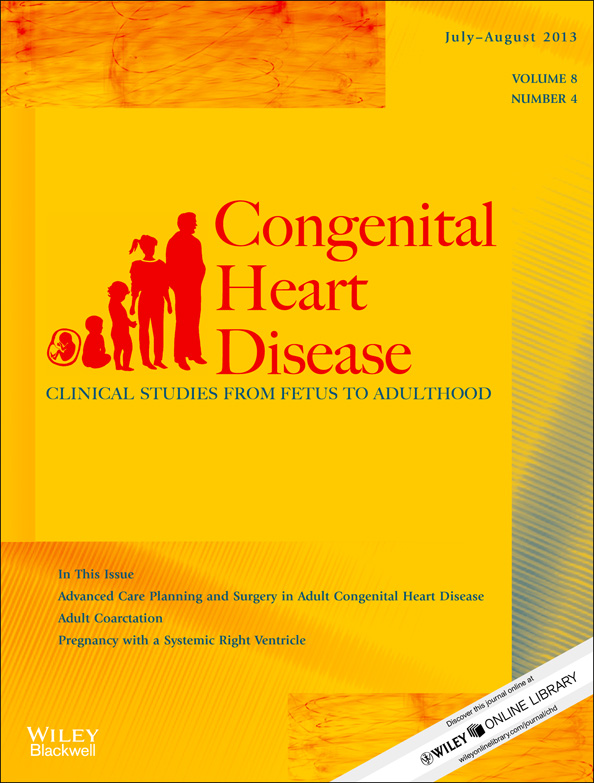Does the z-Score Value of the Abdominal Aorta Predict Recoarctation in an Infant?
Abstract
Objective
We evaluated left ventricular dimensions and aortic arch z-scores in infants who underwent balloon angioplasty (BAP) or surgery for coarctation of aorta (CoA). We searched for risk factors predicting recoarctation.
Patients
Between 2007–2011, 27 male and 17 female infants (mean age 2.93 ± 4.78 months, range 2 days–24 months) with CoA were evaluated. Left ventricular dimensions, systolic functions, mitral and aortic annuli, transverse aortic arch, isthmus, coarctation site, and diaphragmatic aorta measurements were done and z-scores were determined before intervention.
Results
Six patients underwent primary operation, 38 patients had BAP (86.4%). Associated cardiac pathologies in operated patients were double outlet right ventricle (n = 2), atrioventricular septal defect (n = 1), Ebstein's anomaly (n = 1), arch hypoplasia (n = 2). Twelve patients (27.2%) had simple coarctation. Ventricular septal defect was the most frequent associated cardiac pathology (n = 20, 45.4%). The patients were followed for 10.22 ± 8.21 months. Among 33 primary successful BAP's, 14 had recoarctation (42%). Eleven patients were primarily operated (including 5 with unsuccessful BAP), two had recoarctation (18%). Abdominal and transverse aorta values and z-scores were significantly lower in the recoarctation group (7.15 ± 2.12 mm and 6.07 ± 1.86 mm respectively in the “no-recoarctation group”; vs. 5.53 ± 0.75 mm and 4.94 ± 1.53 mm in the “recoarctation group” P <.05). Abdominal aorta z-score of 0.42 was 88.9% sensitive and 53.8% specific to predict recoarctation (area under ROC curve: 0.618–0.902, P <.05).
Conclusion
Although BAP for native coarctation is still a controversial treatment option due to frequent restenosis rates, abdominal aorta z-score of 0.42 could correctly eliminate recoarctation in 89% of these cases. This cutoff value might help us choose patients for primary BAP and decrease the recoarctation rate after BAP.




